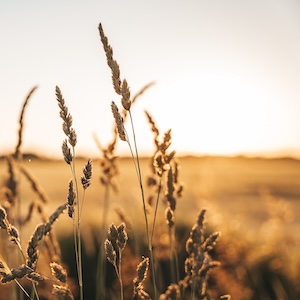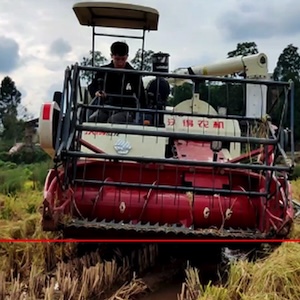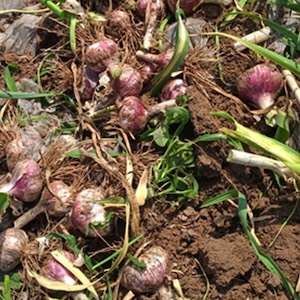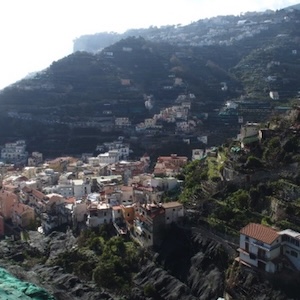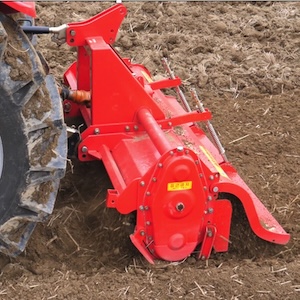Multi-temporal geomorphometric analysis to assess soil erosion under different tillage practices: A methodological case study
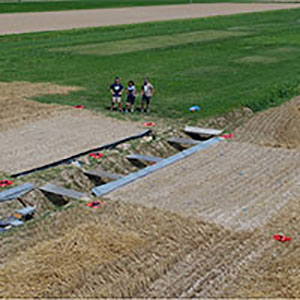
Published: 31 March 2022
Abstract Views: 1130
PDF: 494
Appendix: 121
HTML: 47
Appendix: 121
HTML: 47
Publisher's note
All claims expressed in this article are solely those of the authors and do not necessarily represent those of their affiliated organizations, or those of the publisher, the editors and the reviewers. Any product that may be evaluated in this article or claim that may be made by its manufacturer is not guaranteed or endorsed by the publisher.
All claims expressed in this article are solely those of the authors and do not necessarily represent those of their affiliated organizations, or those of the publisher, the editors and the reviewers. Any product that may be evaluated in this article or claim that may be made by its manufacturer is not guaranteed or endorsed by the publisher.
Similar Articles
- Giuseppe Ruggiero, Stefano Dal Sasso, Rosa Viviana Loisi, Giuseppe Verdiani, Characteristics and distribution of trulli constructions in the area of the site of community importance Murgia of Trulli , Journal of Agricultural Engineering: Vol. 44 No. 2 (2013)
- Marko Milan Kostić, Nataša Ljubičić, Vladimir Aćin, Milan Mirosavljević, Maša Budjen, Miloš Rajković, Nebojša Dedović, An active-optical reflectance sensor in-field testing for the prediction of winter wheat harvest metrics , Journal of Agricultural Engineering: Vol. 55 No. 1 (2024)
- Alessio Tugnolo, Roberto Beghi, Valentina Giovenzana, Alessia Pampuri, Simone Virginio Marai, Andrea Casson, Enrico Ferrari, Riccardo Guidetti, Testing of ultrasonic vibration to speed up the remuage operation in sparkling wine production , Journal of Agricultural Engineering: Vol. 55 No. 2 (2024)
- Lingxin Bu, Qianwen Kou, Adilet Sugirbay, Jun Chen, Yu Chen, An air-assisted mechanical hill-seeding device for foxtail millet (Setaria italica) , Journal of Agricultural Engineering: Vol. 55 No. 2 (2024)
- Hui Yang, Yuhao Li, Chengguo Fu, Rongxian Zhang, Haibo Li, Yipeng Feng, Yaqi Zhang, Hongbin Cong, Fuquan Nie, Research on inspection route of hanging environmental robot based on computational fluid dynamics , Journal of Agricultural Engineering: Vol. 55 No. 2 (2024)
- Giovanna Calia, Vittorio Serra, Antonio Ledda, Andrea De Montis, Green infrastructure planning based on ecosystem services multicriteria evaluation: the case of the metropolitan wine landscapes of Bordeaux , Journal of Agricultural Engineering: Vol. 54 No. 4 (2023)
- Lorenzo Leso, Maurizio Uberti, Wasseem Morshed, Matteo Barbari, A survey of Italian compost dairy barns , Journal of Agricultural Engineering: Vol. 44 No. 3 (2013)
- Remo Alessio Malagnino, Performance analysis of photovoltaic plants installed in dairy cattle farms , Journal of Agricultural Engineering: Vol. 46 No. 2 (2015)
- Meriem Er-Rami, Guido D'Urso, Nicola Lamaddalena, Daniela D'Agostino, Oscar Rosario Belfiore, Analysis of irrigation system performance based on an integrated approach with Sentinel-2 satellite images , Journal of Agricultural Engineering: Vol. 52 No. 2 (2021)
- Frank Agyen Dwomoh, Xingye Zhu, Alexander Fordjour, Junping Liu, Shouqi Yuan, Hong Li, Structural design and performance characteristics of the fluidic sprinkler application technology for saving irrigation water: a review , Journal of Agricultural Engineering: Vol. 54 No. 2 (2023)
<< < 3 4 5 6 7 8 9 10 11 12 > >>
You may also start an advanced similarity search for this article.

 https://doi.org/10.4081/jae.2022.1279
https://doi.org/10.4081/jae.2022.1279





